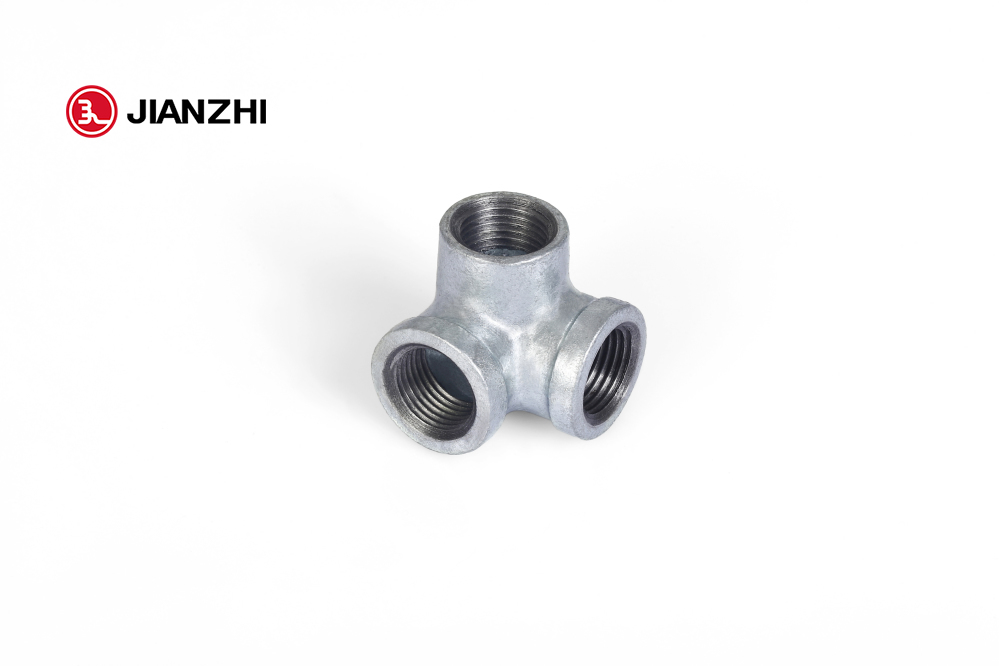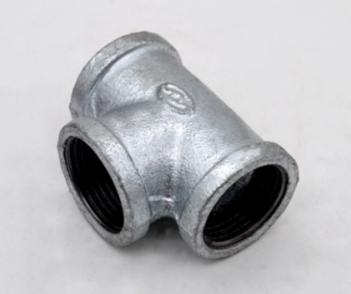How do 3 pipe fittings contribute to system pressure management and control?
Three pipe fittings, such as tees, elbows, and reducers, play a significant role in system pressure management and control within a piping system. Here’s how each type contributes:
- Tees:
- Distribution of Flow: Tees are used to split the flow of fluid or gas into two directions within the piping system. This allows for distribution of the flow to different branches or sections of the system.
- Pressure Equalization: In systems with multiple branches, tees help equalize pressure by ensuring that flow is evenly distributed. 3 pipe fittings This prevents pressure imbalances that can lead to inefficiencies or damage within the system.
- Pressure Relief: Tees can also be strategically placed to relieve excess pressure in specific sections of the system, thereby preventing overpressurization and potential damage to equipment or components.
- Elbows:
- Directional Changes: Elbows are used to change the direction of flow within the piping system. By redirecting flow around corners or obstacles, they help manage pressure by minimizing resistance and turbulence.
- Pressure Drop: Elbows can induce pressure drops due to changes in flow direction. Proper selection and installation of elbows are crucial to minimize pressure losses and maintain optimal system performance.
- Reducers:
- Flow Rate Adjustment: Reducers are used to transition between piping sections of different diameters. They help adjust the flow rate by either increasing or decreasing the cross-sectional area of the pipe.
- Pressure Regulation: Reducers can affect pressure within the system by altering the velocity of the fluid or gas. A gradual reduction in pipe diameter can lead to increased velocity and pressure, while an increase in diameter can have the opposite effect.
- Pressure Equalization: Reducers can be strategically placed to equalize pressure between sections of the system with different flow rates or capacities. This ensures uniform pressure distribution and optimal performance throughout the system.
Overall, the proper selection, placement, and installation of tees, elbows, and reducers are essential for effective pressure management and control within a piping system. By regulating flow, minimizing resistance, and equalizing pressure, these fittings help optimize system performance and ensure reliable operation.
How do 3 way pipe fitting compare to alternatives in terms of fire resistance?
When comparing three-way pipe fittings to alternatives in terms of fire resistance, it’s essential to consider the materials used in their construction. Here’s a comparison:
- Metal Three-Way Pipe Fittings (e.g., steel or iron):
- Fire Resistance: Metal pipe fittings, such as steel or iron, typically offer excellent fire resistance properties. These materials have high melting points and do not contribute to the spread of fire.
- Durability under Fire Exposure: Metal fittings can withstand high temperatures for extended periods without significant degradation, making them suitable for applications where fire resistance is critical.
- Structural Integrity: Metal fittings maintain their structural integrity even when exposed to fire, ensuring that the piping system remains intact and operational during fire incidents.
- Plastic Three-Way Pipe Fittings (e.g., PVC or CPVC):
- Fire Resistance: Plastic pipe fittings, such as PVC (Polyvinyl Chloride) or CPVC (Chlorinated Polyvinyl Chloride), have lower fire resistance compared to metal fittings. While they may be classified as self-extinguishing, they can melt or deform when exposed to high temperatures.
- Limitations in Fire Ratings: Plastic fittings are generally not suitable for applications where high fire resistance ratings are required, such as in industrial settings or areas with strict fire safety regulations.
- Potential Fire Hazards: In the event of a fire, plastic fittings can release toxic fumes or gases, 3 way pipe fitting posing additional hazards to personnel and property.
- Composite Three-Way Pipe Fittings:
- Varied Fire Resistance: Composite materials used in three-way pipe fittings can have varying degrees of fire resistance depending on their composition. Some composites may offer better fire resistance than plastics but may not match the fire resistance of metals.
- Material Selection Impact: The specific materials used in composite fittings, such as fiberglass or carbon fiber, can influence their fire resistance properties. Proper material selection is essential to ensure compatibility with fire safety requirements.
In summary, metal three-way pipe fittings generally offer superior fire resistance compared to plastic or composite alternatives. However, the suitability of a particular type of fitting depends on the specific fire safety requirements of the application and the materials used in the construction of the piping system. It’s crucial to consult relevant building codes, regulations, and industry standards when selecting pipe fittings for fire-sensitive environments.



